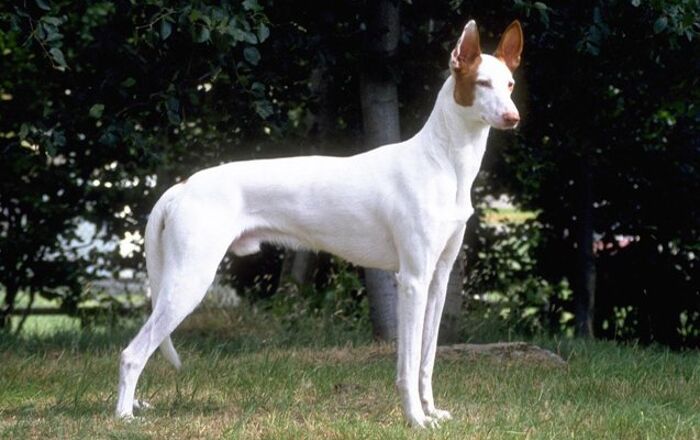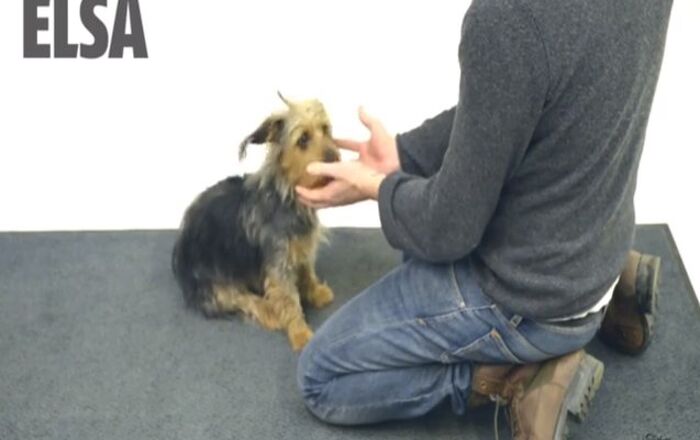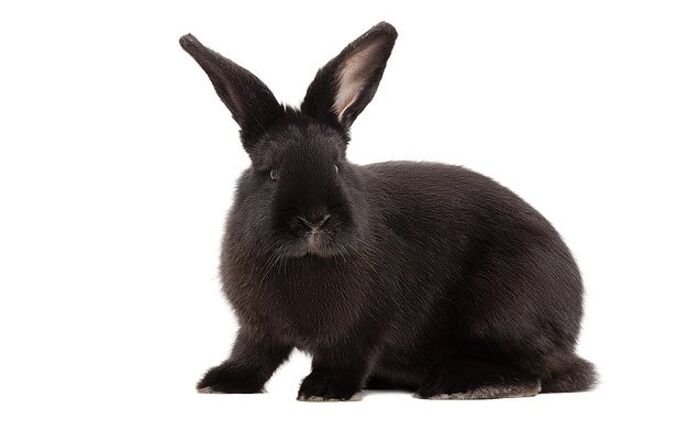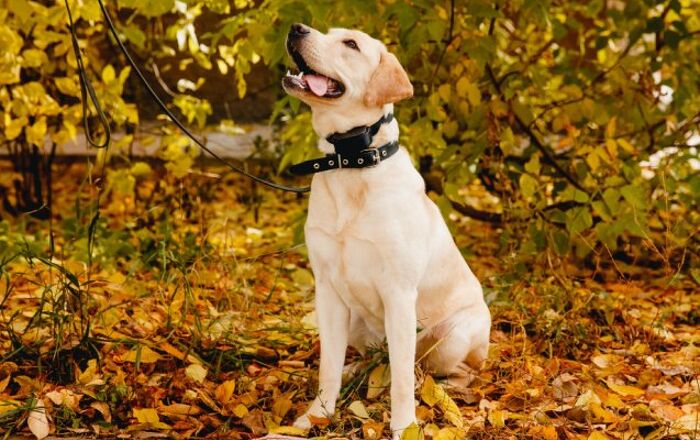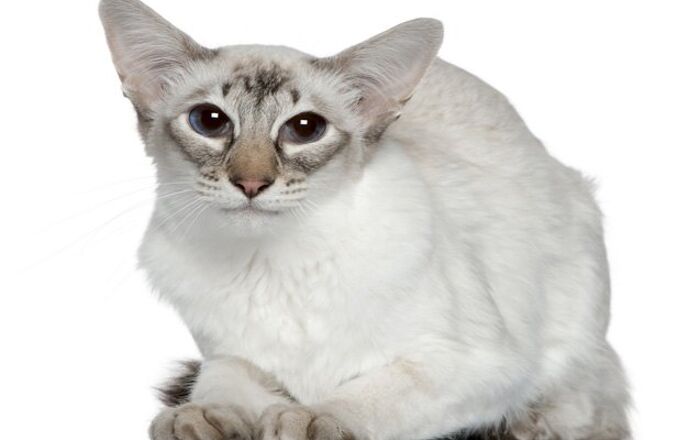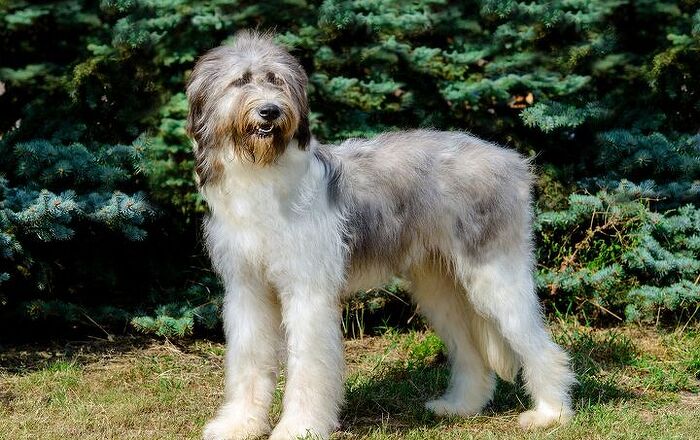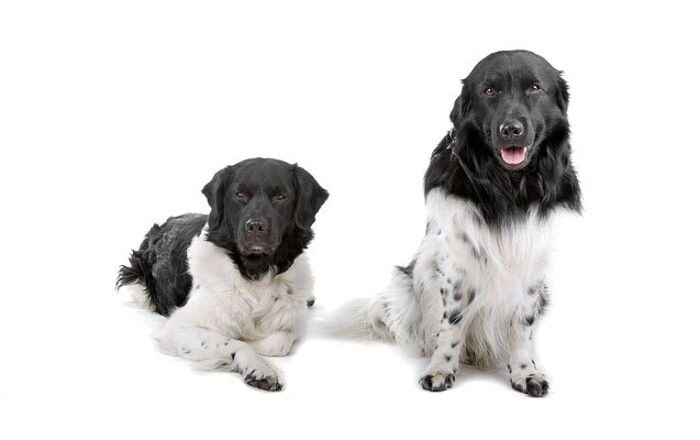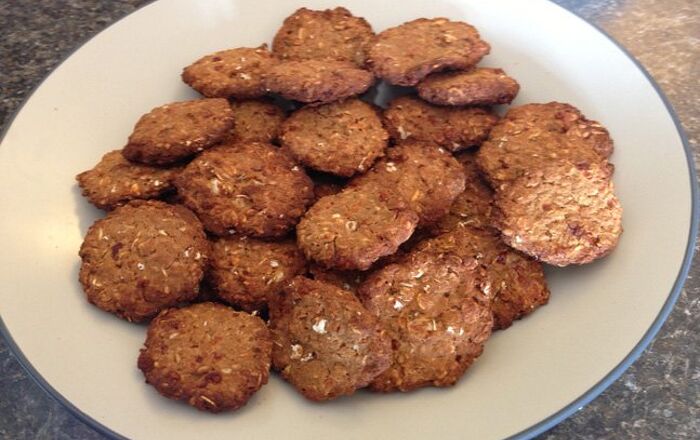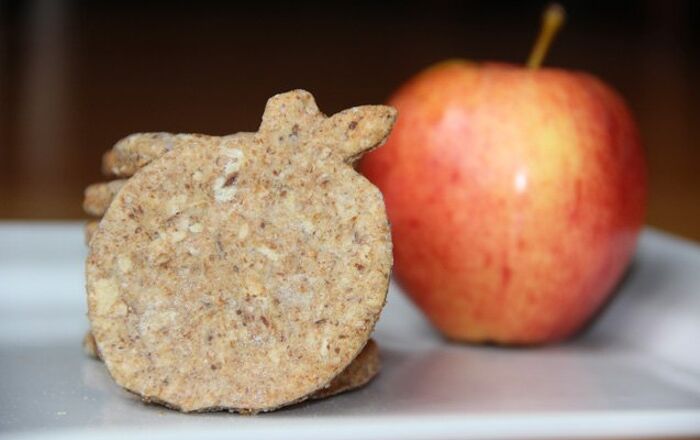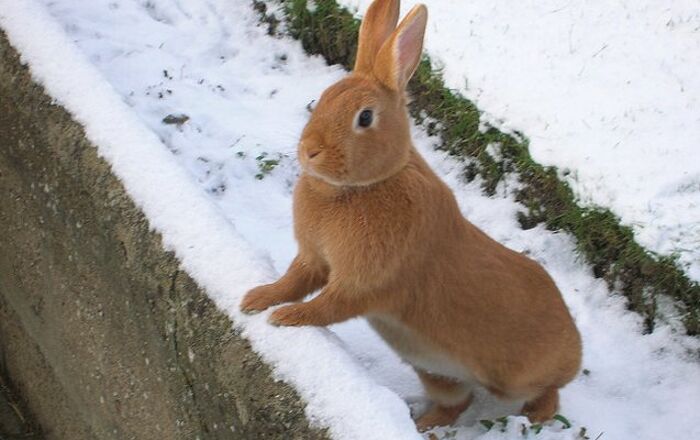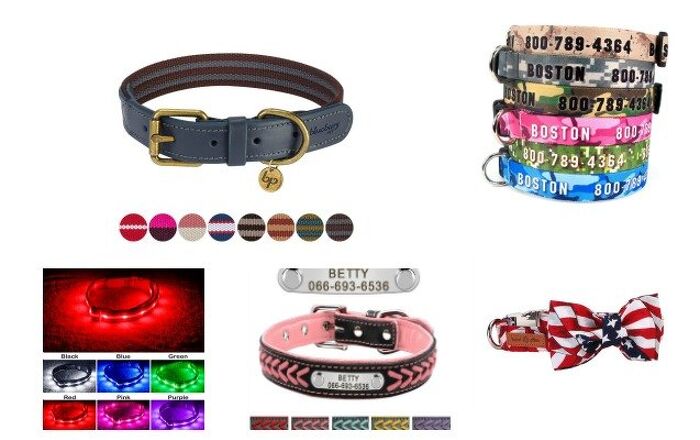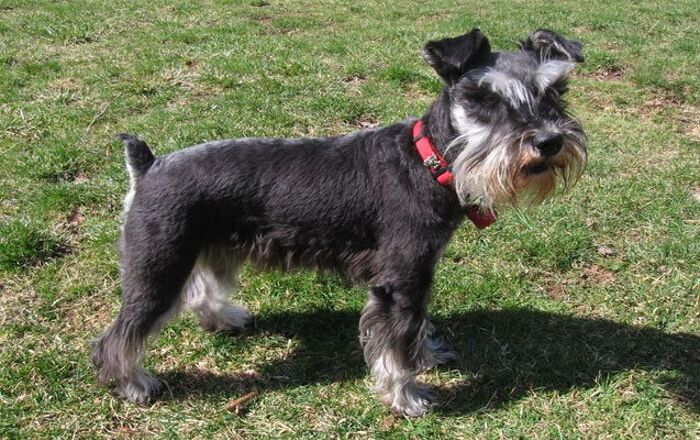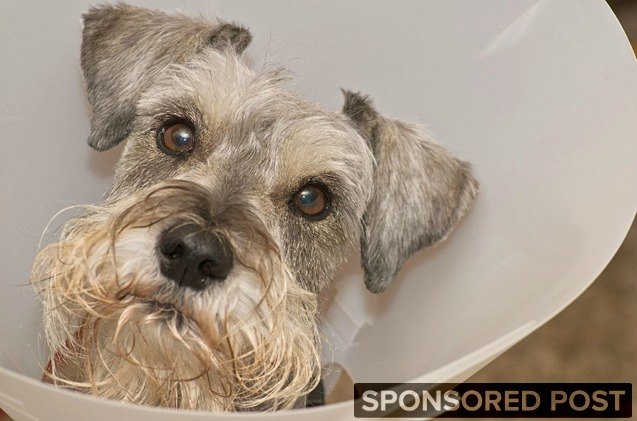
To ensure your dog’s injury heals properly, there are steps to follow from start to finish. Know from the get-go how to take care of your dog’s wound at every stage.
Do you know how to properly treat a wound if your dog is ever injured? To provide first aid right away and ensure your pet will feel relief and begin to heal promptly, check out the wound care tips below. And remember that you can always consult your veterinarian for advice, especially in the case of severe wounds and injuries.
Initial Cleaning and Wound Bed Prep
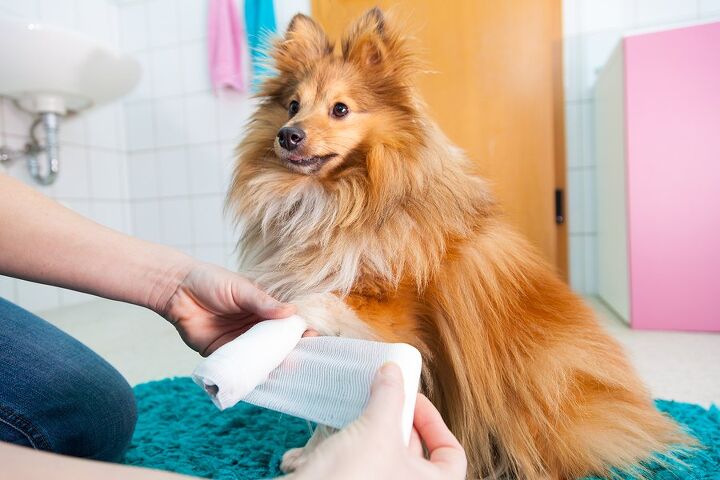
Minor wounds, such as cuts and scrapes, can be treated at home. But if an injury has fully penetrated your pooch’s skin, as in the case of a bite wound, for example, or if the injury involves a big part of the dog’s body or a sensitive area, you should see your vet right away.
Treating a minor wound promptly will help prevent infection, and it all starts with cleaning the site of the injury. Start by using electric clippers in order to shave the fur around the wound. Be careful not to cut the skin, and remove all of the hair to reduce the risk of contamination. Focus on wiping away the hair with a clean and dry paper towel. Applying a water-based lubricant prior to clipping may make it easier to remove the hair.
Next, wash the injured area using warm water, making it a point to remove all visible debris before gently patting the area dry. Then apply an antiseptic solution that won’t sting, such as chlorhexidine, before applying an antimicrobial ointment. Make sure your dog doesn’t lick the ointment off his skin, and use wound dressing only if necessary.
Ongoing Maintenance Care for Wounds
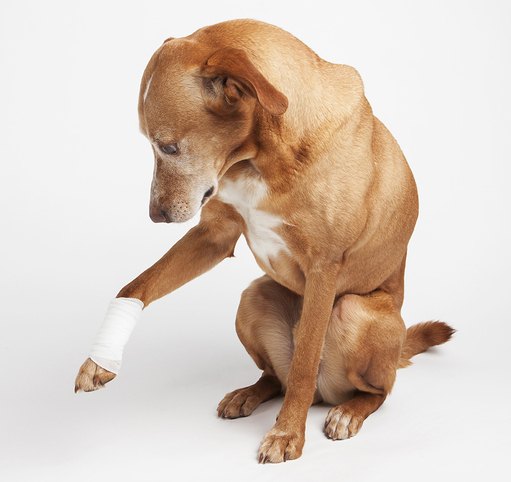
While your dog’s wound is healing, it’s important to keep it moist and clean to prevent contamination and infection, as well as to ensure healing occurs as quickly as possible.
Two or three times daily, clean debris from the wound site, if there is any, and apply more antiseptic and more ointment until your dog’s skin has healed. If you notice that the wound starts to get worse or it does not resolve in a week, it’s best to consult your vet.
Products That Can Help Heal Your Dog’s Wounds
Every Vetericyn Plus® product is easy to use and non-toxic. You won’t find any tea tree oil, steroids, or antibiotics in this company’s line of products, so they are safe for use on your dog, including around the mouth, ears, nose, and eyes. Plus, they’re recommended by veterinarians, they provide microbial inhibition effectiveness of 99.9% against a broad range of microorganisms, and they’re manufactured in the USA in an FDA registered facility.
Here are a few of the many Vetericyn Plus products that you can use to treat your dog’s wounds:
Keep in mind that it’s important to be proactive, so rather than waiting for a wound to occur, focus on maintaining the cleanliness of your dog’s ears, eyes, and skin, removing debris that can accumulate from time spent outside. With the right strategy and Vetericyn products, you can help ensure your dog will be injury-free.
